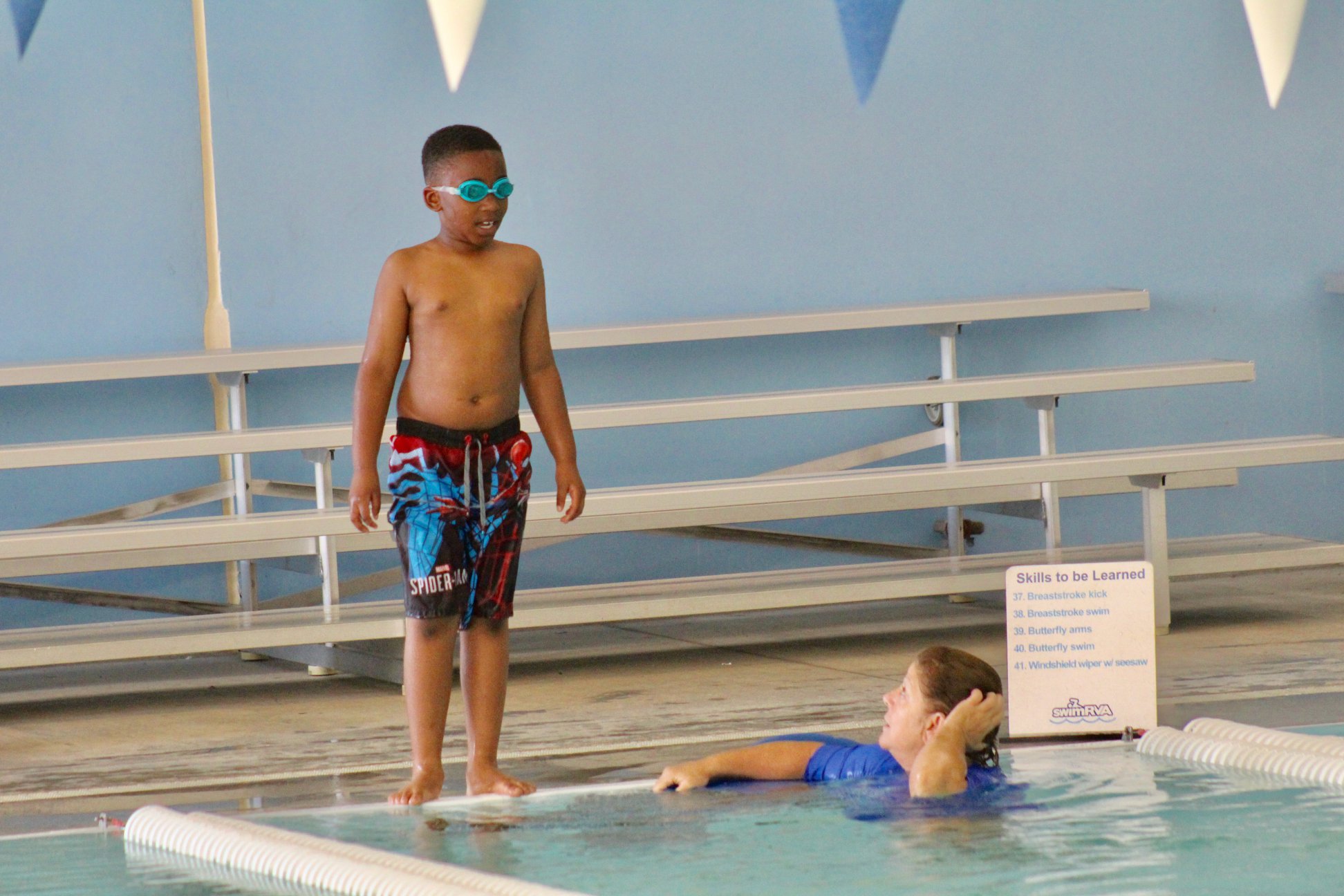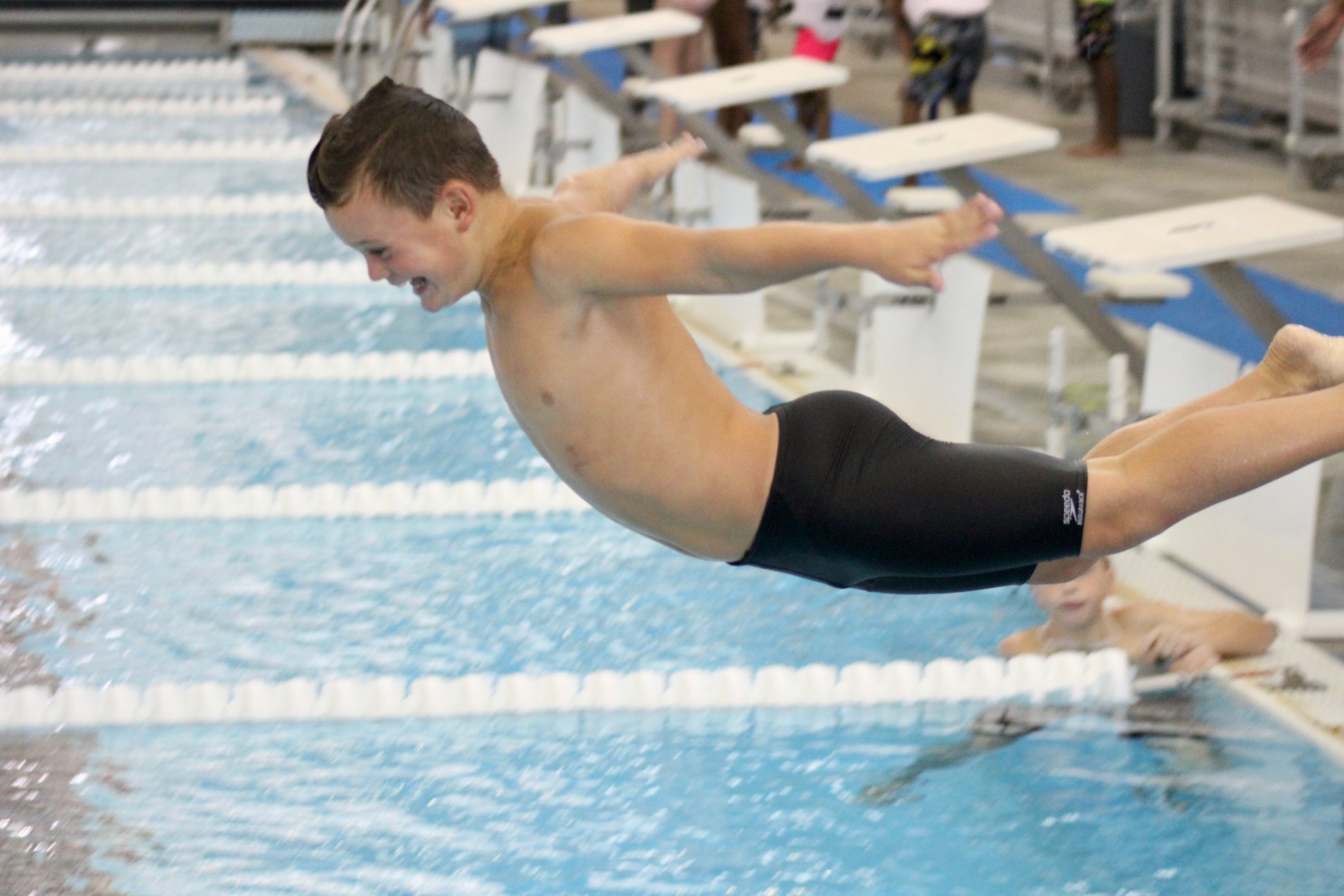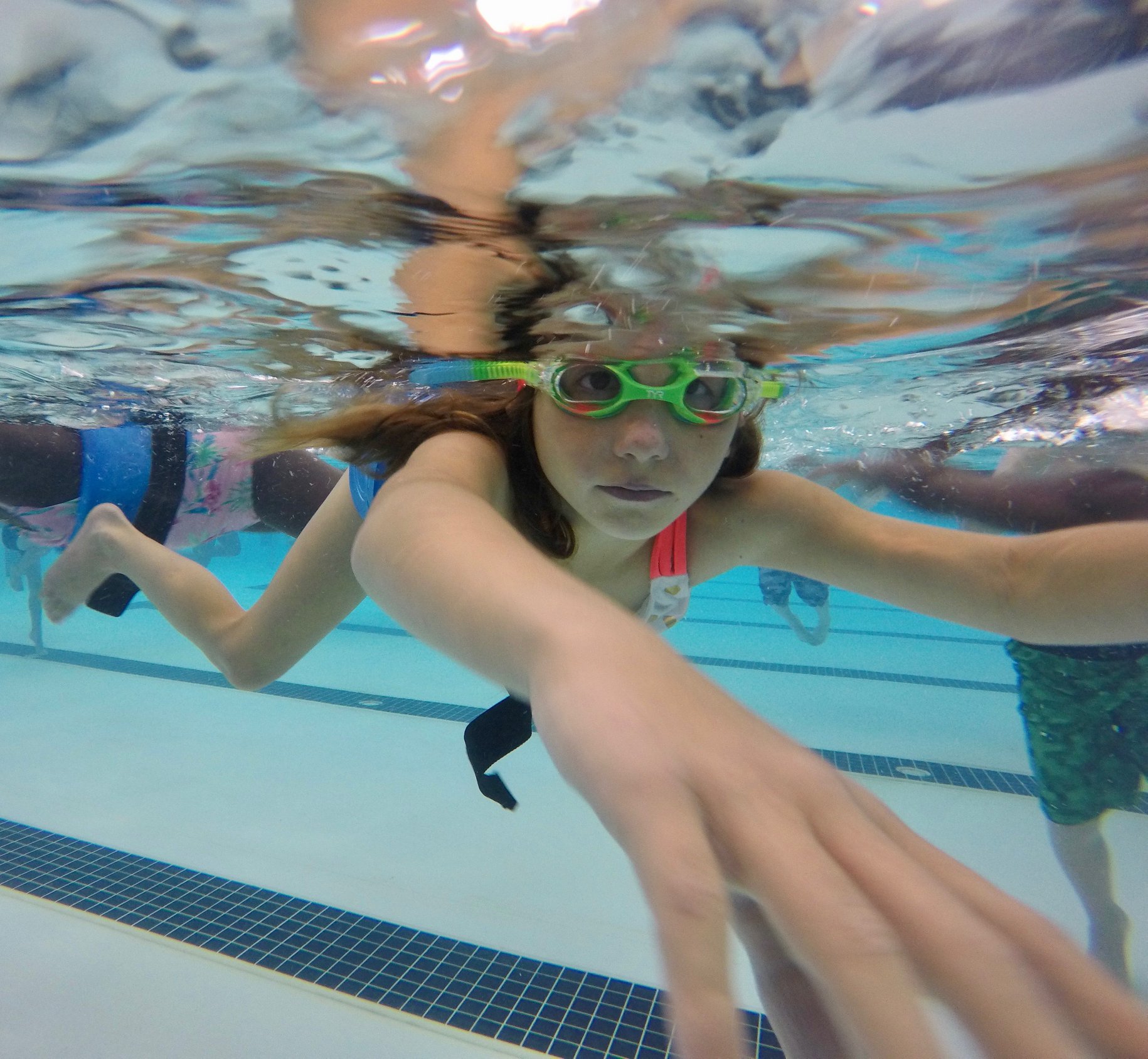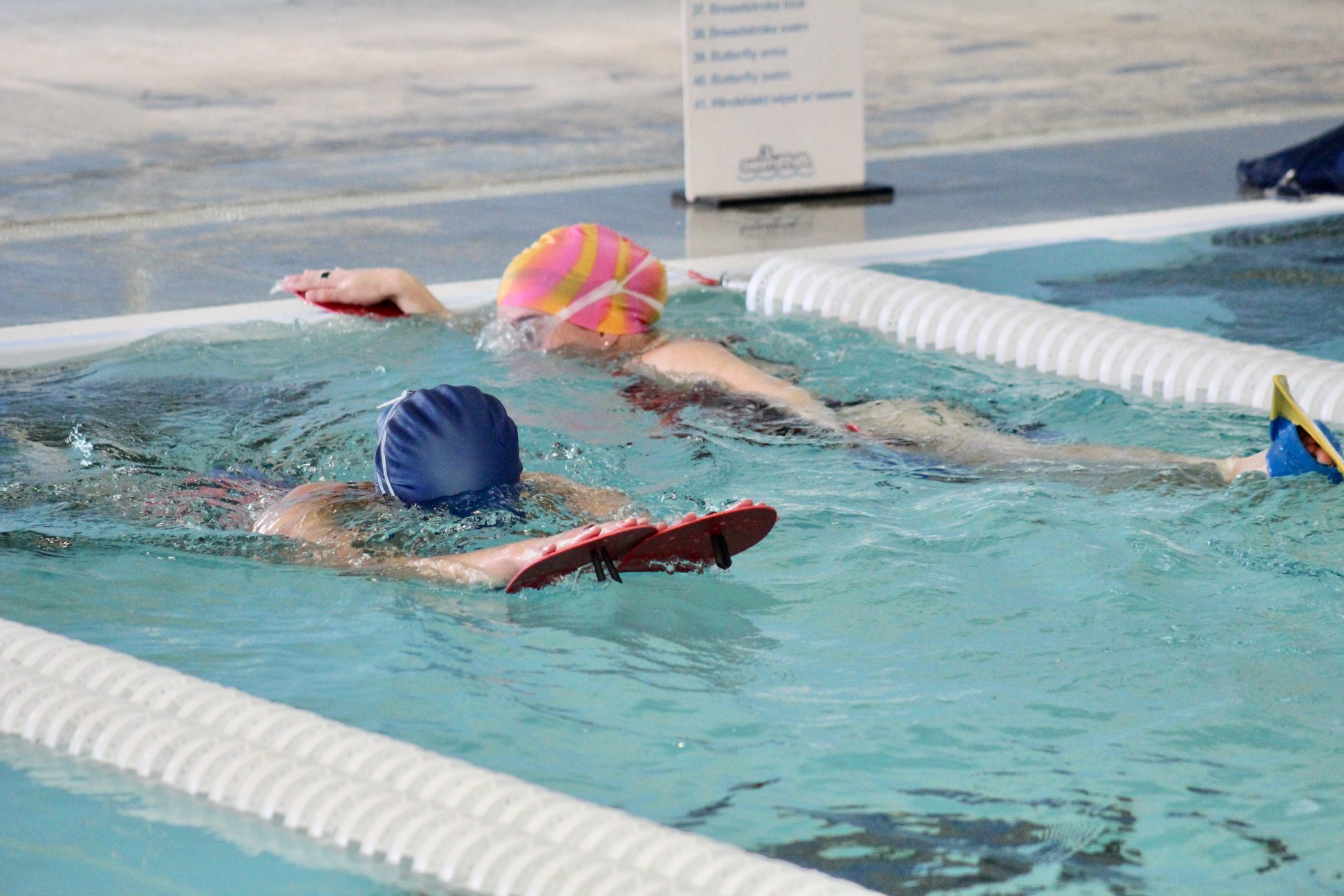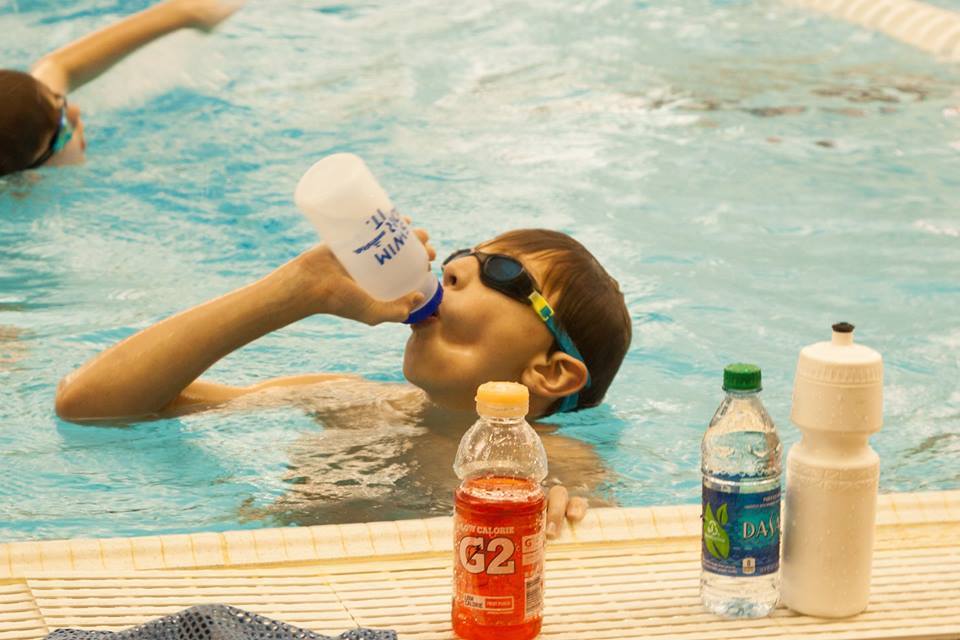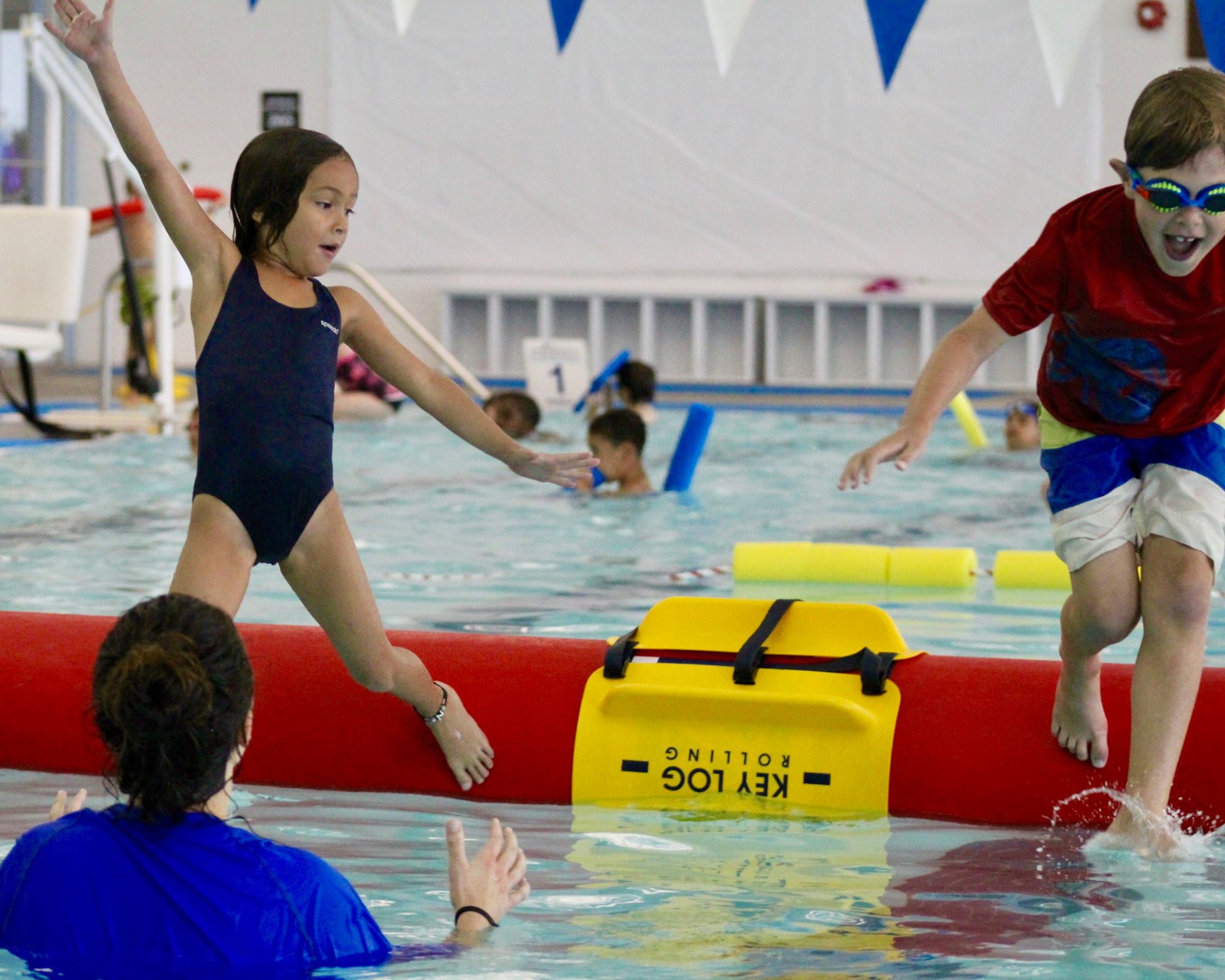Author: Nathan Heinicke-Peart
There’s nothing better than cooling off in a pool on a hot summer day! While pools are great for fun times and plenty of good play, practicing water safety around bodies of water is imperative; every year, accidents by the pool injure or claim the lives of children. In fact, according to the Center for Disease Control, drowning is the number one cause of unintentional death for children between the ages of 1 and 4.
It’s easy to avoid pool accidents. To keep you and you and others safe, remember these simple tips to stay safe around pools during the summer!
1. Enter the Pool Safely
Your first instinct may be to jump straight into the pool, but that isn’t always the safest option. For the highest degree of safety, always enter the pool feet first and use the pool’s handrails, stairs, or ladder. When using the stairs, hold on to the rails with both hands and step down one step at a time ensuring that your footing is secure before you move to the next step. If there is no railing near the stairs, step in carefully and proceed to the pool bottom carefully using one underwater stair at a time. Remember that steps may be slippery! Pools typically also have ladders that you can use to enter the pool. Using the ladder, face the pool deck, grasp each side of the ladder with your arms, and proceed into the pool one run at a time. Many pools have disability chairs and chair lifts to assist those who need extra help in the pool. If you need additional help as you enter the pool, ask a lifeguard or your buddy (see below on swimming with a buddy) for some help.
2. Practice Safe Diving Techniques
According to SpinalCord.com, diving is the #1 sports and recreation cause of spinal cord injuries in the world. Never dive into shallow water and pay attention to the signs that are posted about diving. Use the diving board with care and make sure your hands are the first things to hit the water when you dive so that your head is protected from injury.
Before you step onto the board or blocks, ensure that the previous diver has moved out of the area below the board and the lifeguard gives you a signal to go ahead. Keep in mind, too, that many diving injuries actually happen when people make a running dive from the side of the pool—see the tip below on avoiding rowdy horseplay.
3. Only Swim in Comfortable Pool Depths
While pools may be the most common way for you to escape the summer heat, they can become danger zones if you don’t have the proper training. According to the Center for Disease Control, there was an average of eleven fatal unintentional drownings per day from 2011-2020, 4,012 in total. Many of these tragic deaths are children; about one in five people who die from drowning are children 14 and younger.
Do not let yourself or your children swim in the deep end until they are skilled enough to do so safely. Watch children in the water carefully, keep eye contact with them, and, most important, enroll yourself and family members in proper swimming lessons, such as ones offered at SwimRVA.
4. Always Swim with a Buddy
When you swim, always make sure you have a buddy or another swimmer with you in the pool to ensure that there is another pair of eyes on you. Contrary to public perception, in an active drowning, a swimmer is at or below eye level at the surface of the water for about 10 to 20 seconds. A buddy can help prevent such a tragedy from happening.
Using the buddy system will help if you get into trouble and can alert the lifeguard if you need additional help. In crowded swimming situations, use the buddy system (pair off each swimmer with another) to keep track of your group. Remember, swimming with a buddy is also fun!
5. Have a Lifeguard Present Whenever Possible
Your on-duty lifeguard is a major safety factor for all swimmers. The odds of drowning when a trained lifeguard is on duty are significantly reduced to 1 in 18 million (.0000055%), according to the US Lifesaving Association.
Pay attention to the lifeguard and follow their rules; swim only when there is a lifeguard supervising the pool. If the lifeguard blows the whistle for a safety break, get out of the pool as soon as you can safely do so.
6. Stay Hydrated
Always remember to pay attention to your body and keep safely hydrated when you are at the pool on a hot summer day. Swimming is strenuous, like any form of exercise and when you exercise, you need to stay hydrated, so drink plenty of fluids, including water, Gatorade, and Powerade. If you do not stay hydrated, this can cause lightheadedness, dizziness, and headaches.
7. Do Not Engage in Rowdy Horseplay
Pools are so much fun, but make sure that you do not run, shove, or push your friends on the pool deck. Running on the pool deck is dangerous because you may trip and fall on the hard surface or into the pool. Horseplay and rough pushing and shoving may lead to injury, especially if horseplay turns into dangerous running grandstanding and flips into the pool. Experts estimate that a significant portion of pool injuries happen this way: “Dangerous flips and handstands result in about 12 % of the swimming-pool related injuries every year.”
Try to keep as much water as possible in the pool. Water fights and splashing people can catch them unaware and excessive water makes the deck slippery and may cause people to slip and hurt themselves. Enjoy the water but keep the horseplay for somewhere else!
Keep in mind that the best way to stay safe is to learn water safety tips and learn how to swim. Enroll in swimming lessons, follow these simple rules, and you will enjoy your time in the pool!
Follow us for the latest! #SwimForIt!
The Mission of SwimRVA is to elevate swimming in the Richmond region making water safety and aquatic fitness more accessible to all. We promise to serve as a catalyst for regional aquatics and community-wide focus on water safety, health and fitness, sports tourism, and competitive aquatics. Donate today to help support our mission
